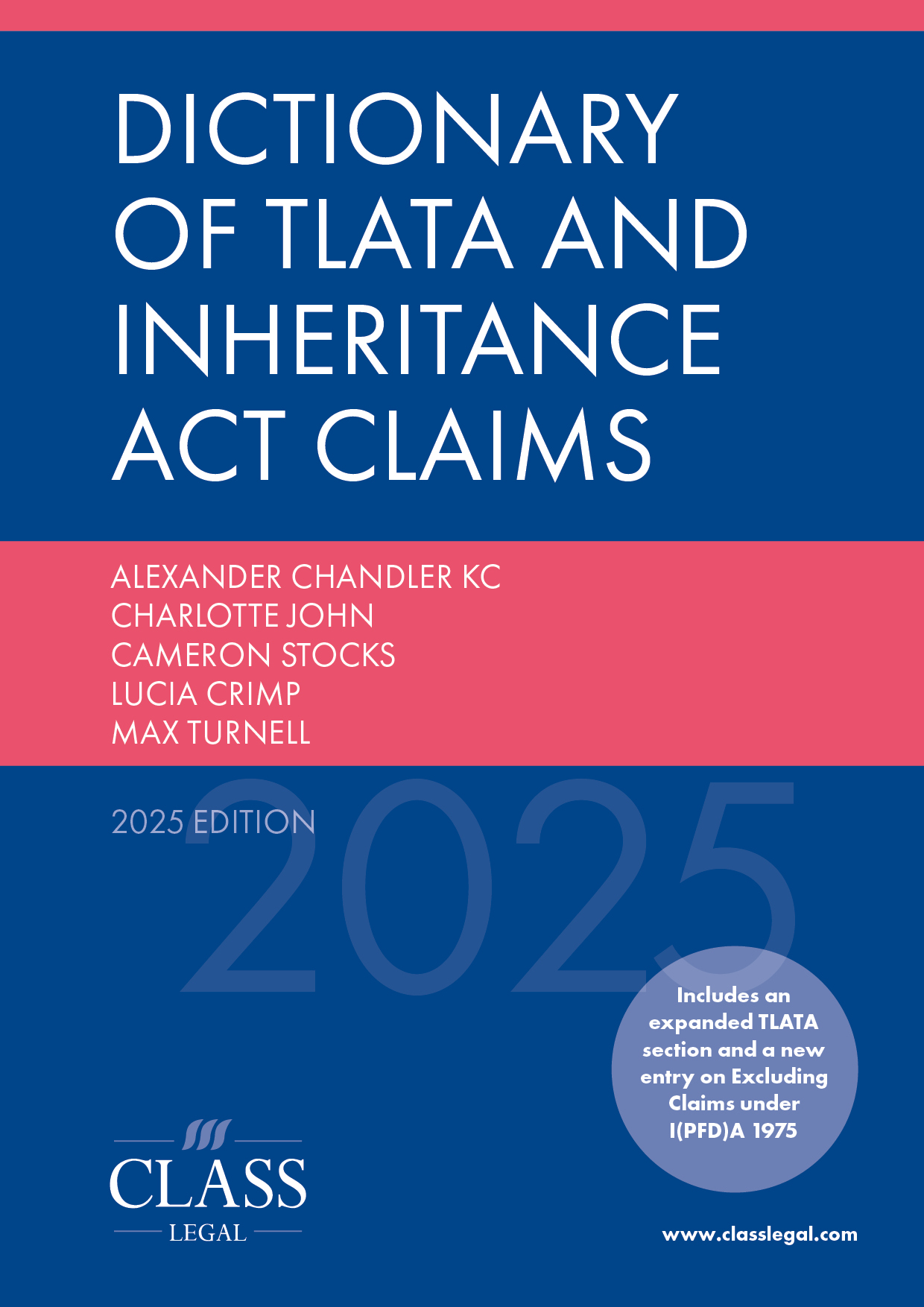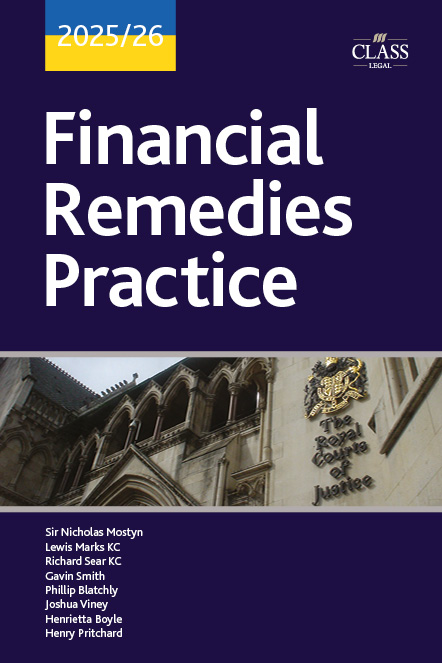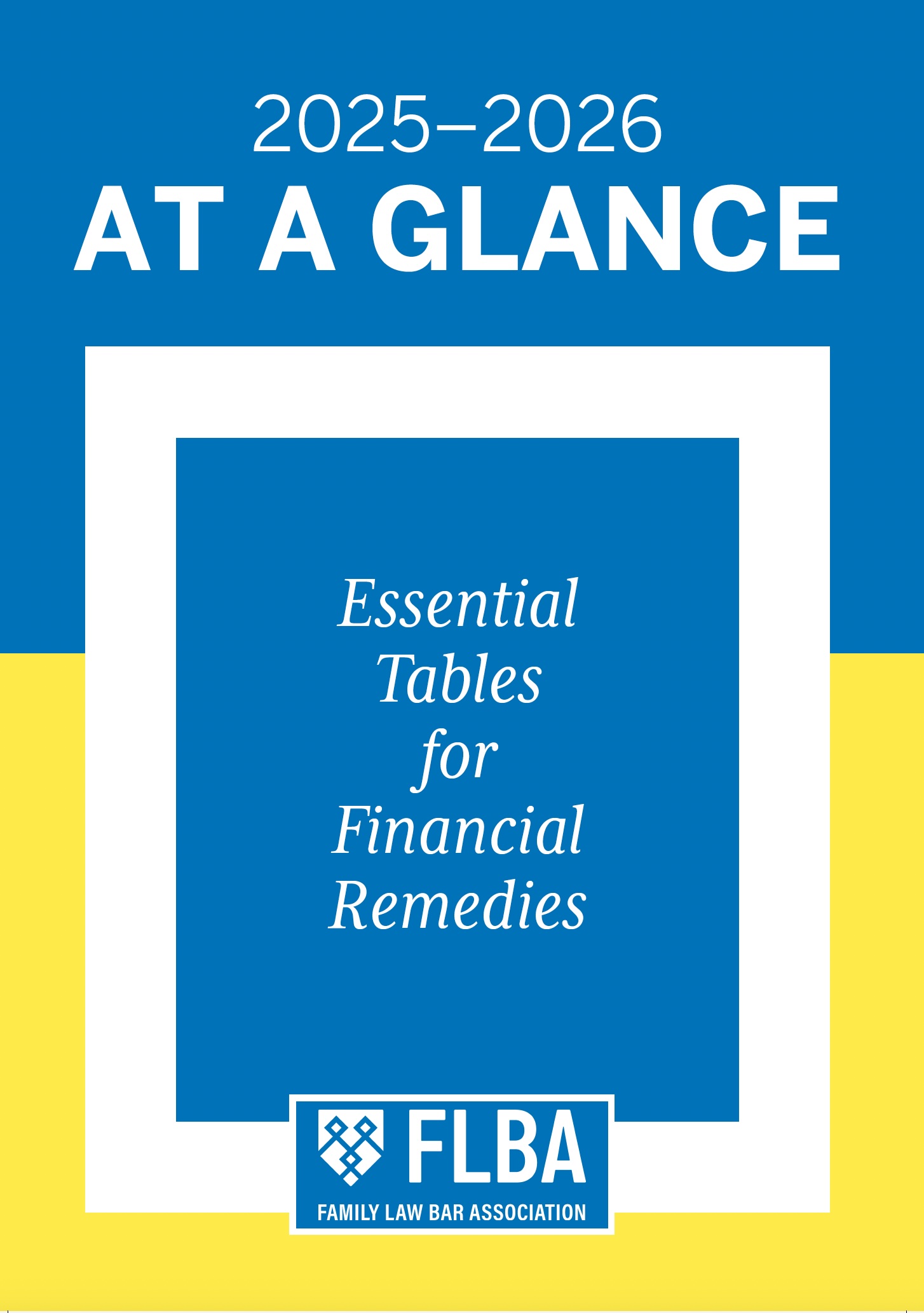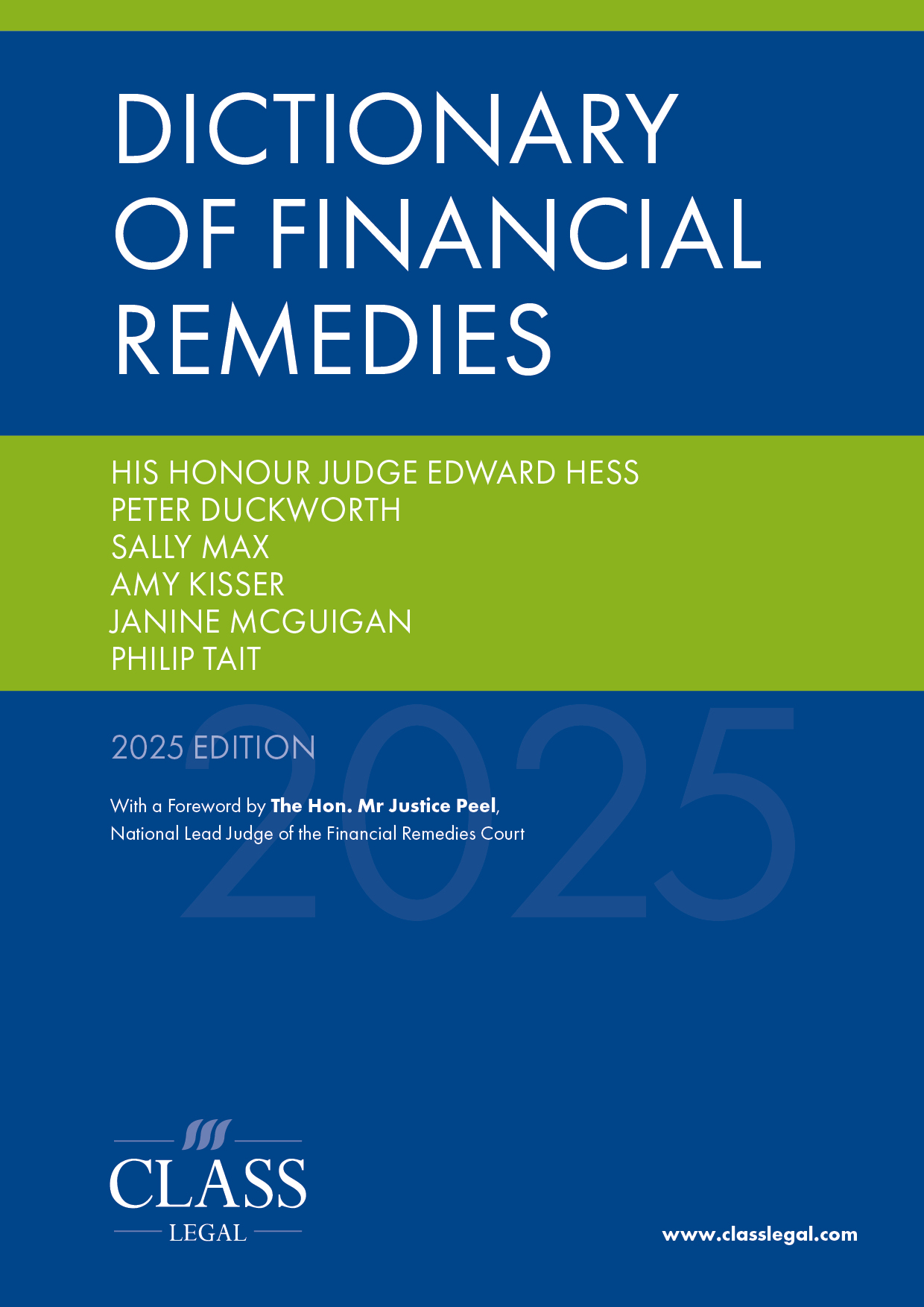
Stamp Duty Land Tax and Divorce
Published: 10/02/2025 23:53

This is sometimes the forgotten tax on divorce. Maybe this is fair enough as there is a pretty clear exemption in tax law that states that stamp duty land tax (SDLT) will not apply to transfers pursuant to divorce.
However, the last few years have seen the introduction of two SDLT surcharges and when these two combine it creates a top rate of SDLT of 19% – a sizeable liability which should not be forgotten when factoring in housing costs.
This blog will:
- provide a recap of the exemption;
- explain how the additional rate works if the marital home has not been sold yet;
- discuss the exemption available when one party has to remain legal owner of the FMH.
Property transfers from one party to another
When properties are being transferred from one party to another then we do not need to be concerned about a charge to SDLT. The exemption for transactions in connection with divorce says transactions made:
- by court order;
- by agreement by the spouses in contemplation of, or in connection with the dissolution of their marriage; or
- as a result of judicial separation or a separation order;
are exempt from charge to SDLT.
This exemption only applies for transfers between spouses. If the transaction involves anyone other than spouse the exemption will not apply.
Law: FA 2003, Sch 3, Para 3A
SDLT Basics
Stamp duty land tax is a tax charged on the purchase of a property. There are standard rates of SDLT and then relevant surcharges are added on if applicable to give a final rate.
Rates from 1 April 2025
| Property or lease premium or transfer value | SDLT rate | Surcharges | |
| 2nd property at 5% | Non resident at 2%1 | ||
| Up to £125,000 | 0% | 5% | 7% |
| The next £125,000 (the portion from £125,001 to £250,000) | 2% | 7% | 9% |
| The next £675,000 (the portion from £250,001 to £925,000) | 5% | 10% | 12% |
| The next £575,000 (the portion from £925,001 to £1.5 million) | 10% | 15% | 17% |
| The remaining amount (the portion above £1.5 million) | 12% | 17% | 19% |
Additional rate at 5%
The additional rate of SDLT applies when (as the name suggests) a person is buying another property.
We see this in proceedings when one of the parties wants to purchase a new home and either they continue to own the matrimonial home, or they own an investment property.2 However, if the individual is replacing their main home within three years of the purchase of the new home, they will qualify for a refund of the surcharge paid.3
Illustration
H and W are divorcing. H owns the matrimonial home; W owns 2 investment properties.
The matrimonial home is being sold. H and W are each purchasing their own properties for £1.5m each. If H still owns the matrimonial home at the time of purchase of his new home, he will pay £166,000 in SDLT. However, as this property is a replacement of his main home, he will be able to apply for a refund of the additional rate – £91,000 – providing he sells the matrimonial home within three years of buying the new property.
W’s position is different. When W purchases her new home, she will also pay the additional rate of SDLT (total SDLT of £166,000). However, W will not qualify for the refund of the SDLT as W is not replacing her main home. To qualify for the replacement concession the individual must own the initial home.
In this case, despite both parties owning other properties and buying new homes for the same value the difference in tax is £91,000.
The SDLT repayment must be claimed within 12 months of the sale of the former home, it does not apply automatically.
Additional rate with a Mesher order or deferred charge
There is a relief available for individuals who have to remain owner of the matrimonial home but are purchasing a new home for them to live in. This is held at Sch 4ZA, para 9B of the legislation.
This exemption for the additional rate applies when the following conditions are met. Taking the example of H and W where H will retain an interest in the former matrimonial home. As above if H retained an interest in the FMH, on the purchase of another property H would be liable for the 5% additional rate.
However, if these conditions are met then the 5% additional rate can be waived
- H has an interest in the FMH.
- A property adjustment order has been made for the benefit of W in respect of the FMH.
- The FMH continues to be W’s main home.
- The FMH is no longer H’s main home.
If the above the conditions are met H’s interest in the main home can be ignored.
While SDLT exemptions ease property transfers between spouses during divorce, surcharges can significantly impact costs when additional properties or Mesher orders are involved. Understanding the rules and available reliefs, such as refunds or waivers, is essential to avoid unnecessary liabilities and plan for inevitable ones.









